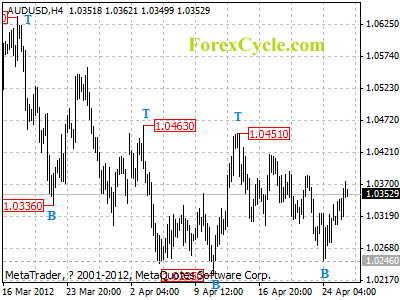We’ve been fans of gold for a long time. And in the current climate of fear over defaults and money printing, we expect to be fans for a while.
Even although its value has soared in the past decade or so, it still lacks status as a ‘mainstream’ asset. Talk to a banker or a money manager about it even now, and they might still regard you as a crank.
The fact remains that one of the biggest drivers of gold demand has been retail investors in Asia – not Wall Street. And central banks, as a group, have been net sellers of gold over the past ten years.
However, this may be set to change. The FT recently pointed out that bankers have been quietly lobbying to be allowed to treat gold holdings as core capital. And JP Morgan has accepted gold as collateral since last year.
This has led some to claim that gold is about to enter the investment mainstream. There is even renewed talk about a return to a new gold standard. Is this justified, or likely? Or is it a sign that gold is getting too popular?
Basel Could Be the Tipping Point
Let’s go back to the financial crisis for a moment. After the 2008-9 crash, there were concerns that banks had too little capital. This meant that even small losses, or even a need to raise funds quickly, could threaten them with going bust.
As a result, rules – the so-called Basel III framework – have been agreed that require the banks to hold safer, more liquid assets. These rules, agreed globally, will be phased in between 2015 and 2018.
However, there has been disagreement over what type of asset should be considered ‘safe’. Some assets, such as cash, and US Treasury bills (T-bills), are obvious. However, others are less clear.
Currently gold is not on the list, which means that banks will have to set aside more capital if they want to hold it. However, this may change. If it does, banks will be able to hold more gold. It will also be a seal of approval for it as an asset. This should boost demand for gold – and lead to an increase in prices.
Could This Be the Start of a New Gold Standard?
Some argue that this process may also turn gold into the main global currency. Professor Lew Spellman of the University of Texas at Austin thinks that China is trying to boost the status of the yuan, for example, by backing it with gold. His view is that this will force other countries and banks to follow suit.
Over time, he predicts that all major international transactions will be with – or backed by – gold. This will create a new standard where all currencies are fixed to each other through their link with gold.
This is certainly a bold view. I’ve also just read John Butler’s, The Golden Revolution: How to Prepare for the Coming Gold Standard, where he sets out some ways that this could take place.
However, even if gold does become the global reserve currency there is no reason why national governments would have to link to it. After all, the pound floats free of the dollar. If there is one thing that we’ve learned from the euro crisis (and the failures of the Exchange-Rate Mechanism and Bretton Woods), it is that independent national currencies are an important safety valve for economies.
If you are cynical, you might think that all this coverage means it is time to sell. Certainly, the last serious attempt to look at a new gold standard, the 1981 Gold Commission, coincided with historic peaks in gold prices.
However, we are nowhere close to this stage as yet. Gold may not be the outcast that it was in the early part of this decade, but it is only now entering the mainstream. For now, the fact that more banks might be tempted to buy it can only be good news for investors in gold.
Matthew Partridge
Contributing Writer, MoneyWeek (UK)
Publisher’s Note: This article originally appeared in MoneyWeek (UK)
From the Archives…
Small Caps – A Way to Bet on Developing Markets…Without Investing Overseas
2012-04-013 – Kris Sayce
All Transactions to be Conducted in the Presence of a Tax Collector
2012-04-12 – Simon Black
How You Can Use Government Intervention to Profit on the Stock Market
2012-04-11 – Kris Sayce
Australia – The Pacific Pawn in USA Versus China
2012-04-10 – Dr. Alex Cowie
If Ron Paul Were US President…
2012-04-09 – Mark Tier






